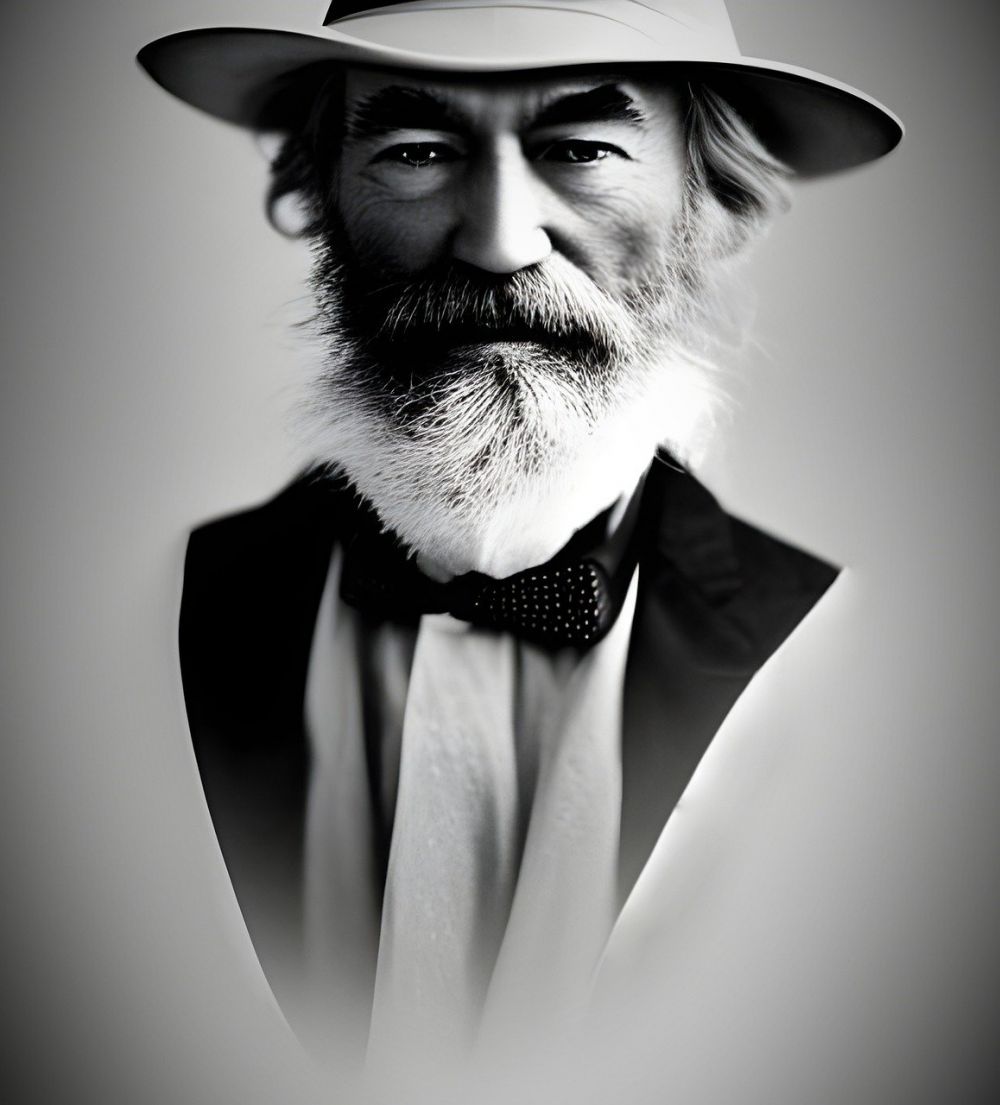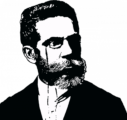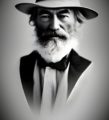Virginia Woolf Books: A Journey Through Time

Introduction:
Virginia Woolf, a prominent figure in the modernist literary movement, is widely regarded as one of the greatest British writers of the 20th century. Her works, known for their innovative narrative techniques and introspective exploration of human consciousness, continue to captivate readers to this day. In this comprehensive article, we will delve into the world of Virginia Woolf books, providing essential information for those interested in this compelling subject.
Historical Development:

Virginia Woolf’s literary journey began in the early 20th century when she, along with her husband Leonard Woolf, established the Hogarth Press. This publishing venture played a pivotal role in the dissemination of her own works, as well as those of other notable modernist writers. A notable early work by Woolf is “The Voyage Out” (1915), which marked her entrance into the literary scene.
As the years went by, Virginia Woolf’s writing style evolved, and she became known for her experimental approach to storytelling. One of her most celebrated works, “Mrs Dalloway” (1925), showcases her mastery of the stream of consciousness technique, offering readers an intimate glimpse into the thoughts and emotions of the characters. This novel, set in post-World War I London, explores themes of societal constraints, identity, and the passage of time.
Woolf’s next notable work, “To the Lighthouse” (1927), further solidified her reputation as a trailblazing writer. Through the lens of a family gathering, Woolf takes readers on a philosophical exploration of human existence, the nature of art, and the immense complexities of human relationships. This novel exemplifies Woolf’s ability to intricately weave together personal and universal themes.
In 1928, Woolf published “Orlando,” a daring novel that challenges traditional notions of gender and identity. Inspired by Woolf’s affair with writer Vita Sackville-West, “Orlando” follows the life of its eponymous protagonist over several centuries, undergoing a gender transformation along the way. This novel boldly addresses themes of androgyny, artistic expression, and the fluidity of identity.
Virginia Woolf’s final novel, “Between the Acts” (1941), was published posthumously. Set on a summer’s day in the English countryside, this work offers a poignant reflection on the state of society on the brink of World War II. “Between the Acts” serves as a testament to Woolf’s insightful observations of humanity’s struggles and the power of art as a means of expression.
Featured Snippet Potential:
– “Virginia Woolf books: A journey through the mind of a literary genius”
– “The evolution of Virginia Woolf’s writing style over time”
– “From the Hogarth Press to international acclaim: Virginia Woolf’s impact on the literary world”
– “Key themes in Virginia Woolf’s works: Exploring society, identity, and the human condition”
– “Exploring Virginia Woolf’s groundbreaking narrative techniques”
Conclusion:
The legacy of Virginia Woolf and her books continues to inspire and captivate readers worldwide. Through her groundbreaking narrative techniques, introspective exploration of human consciousness, and insightful social commentary, she has left an indelible mark on the literary world. Whether it is her early works like “The Voyage Out” or her later masterpiece “To the Lighthouse,” each book offers a unique window into Woolf’s extraordinary mind. For art enthusiasts and collectors, Virginia Woolf’s books are an essential addition to any library, offering a profound exploration of the human condition. So, dive into the world of Virginia Woolf and embark on a literary journey that will leave an indelible mark on your soul.
[INSERTE VIDEO HERE]
FAQ
What is Virginia Woolf known for?
What themes does Virginia Woolfs novel Orlando address?
Which Virginia Woolf book showcases her stream of consciousness technique?
Flere Nyheder
Erhvervsfotografering i Aalborg: God for forretningen
Introduction: Virginia Woolf, a prominent figure in the modernist literary movement, is widely regarded as one of the greatest British writers of the 20th century. Her works, known for their innovative narrative techniques and introspective explorati...
01 juni 2025
Galleri Nordjylland: Kunsten i Hjertet af Vendsyssel
Introduction: Virginia Woolf, a prominent figure in the modernist literary movement, is widely regarded as one of the greatest British writers of the 20th century. Her works, known for their innovative narrative techniques and introspective explorati...
04 november 2024
Erhvervsfotograf – Din nøgle til professionelt visuelt indhold
Introduction: Virginia Woolf, a prominent figure in the modernist literary movement, is widely regarded as one of the greatest British writers of the 20th century. Her works, known for their innovative narrative techniques and introspective explorati...
14 marts 2024
Plakater til mor: Den perfekte gave er hylder kærlighed og taknemmelighed
Introduction: Virginia Woolf, a prominent figure in the modernist literary movement, is widely regarded as one of the greatest British writers of the 20th century. Her works, known for their innovative narrative techniques and introspective explorati...
06 marts 2024











